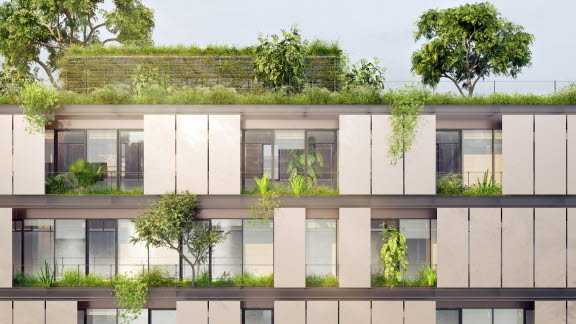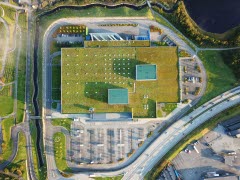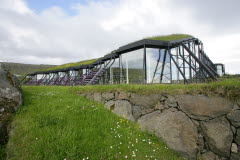Green Roofs
Ballasted or green roofs can be used for recreational areas or roof gardens. These solutions give architects and builders a lot of freedom for aesthetic design and contribute to more natural surroundings through the use of pebbles or vegetation. This often increases the value of the property and offers increased quality of life to those who live or work in the building.
The weight of the ballast requires the load-bearing structure to be engineered for this purpose.
Some types of green roofs commonly used is:
Extensive Green Roofs: These are lightweight and low-maintenance green roofs that typically have a shallow soil depth of around 2-6 inches. They are suitable for industrial buildings due to their cost-effectiveness and ability to handle harsh environmental conditions. Extensive green roofs usually consist of hardy, drought-tolerant plants such as sedums and mosses.
Intensive Green Roofs: Intensive green roofs are more like traditional gardens and can support a wider variety of plants, including shrubs, trees, and even small water features. They require a deeper soil depth, usually 6 inches or more, and can accommodate human activity. However, they are heavier and more expensive to install and maintain compared to extensive green roofs.












